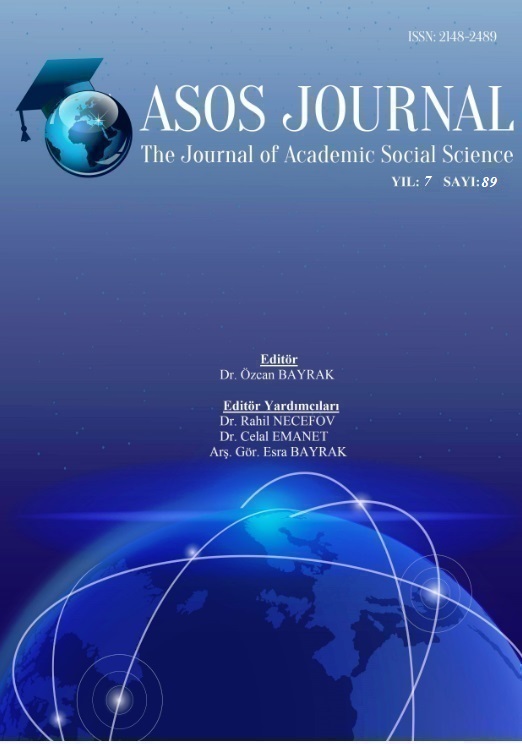GÜNEYDOĞU ANADOLU-SALAT TEPE KAZISINDAN ÇIKARILAN HAYVAN KEMİKLERİNDEN GEÇİM EKONOMİSİNİN ANLAŞILMASI
Author :
Abstract
Bu çalışmasının kapsamını, Salat Tepe arkeolojik yerleşiminden ele geçen faunal kalıntılar oluşturmaktadır. Küçük bir höyük olan Salat Tepe, Güneydoğu Anadolu’da, Batman il sınırında ve Ilısu Baraj projesi kapsamında yer almaktadır. Salat Tepe Kalkolitik dönemden Helenistik döneme kadar birçok evreye ev sahipliği yapmıştır. Bu çalışmada, 2000-2010 (2003 ve 2004 yılları hariç) yıllarını kapsayan dokuz kazı sezonundan ele geçen malzeme çalışılmıştır. Toplamda 4938 hayvan kemiği tür, cins ve aile bazında tanımlanmıştır. Sürü hayvanlarının hangi amaçla kullanıldıkları, dönem içinde herhangi bir değişim olup olmadığı bu çalışmada yer almaktadır. Değişik konteks ve dönemlerden ele gecen hayvan kemikleri bölgede çeşitli amaçlarla hayvan yetiştiriciliği olduğunu işaret etmiştir. Salat Tepe’de Tunç Çağın’da koyun ve keçi, ikincil üretim için yetiştirilirken, sığırın ise çoğunlukla tarım aktivitesi için kullanıldığı gözlenmiştir.
Keywords
Abstract
This study is based on investigation of faunal remains from Salat Tepe, a small mound is located in Batman province, where lies within the Ilısu Dam area, at the north of the Tigris River, south-eastern Turkey. Salat Tepe is a multi-period site and studied materials were taken from Chalcolithic to Hellenistic periods, in this thesis the materials during nine excavation campaigns from 2000 to 2010 (except 2003-2004), have been analyzed. A total of 4938 fragments have been identified to the species, genus or family level, in order to examine the organization of the pastoral animal economy from the Chalcolithic to the Hellenistic periods. This research has aimed to explore how herding decision were made, whether the analysis concentrated on the herding strategy changes or continuity in patterns of animal use over time. The animal bone evidence from Salat Tepe and other sites points to diversity in pastoral activities throughout the region and indicates that herding decisions are based on a range of variables with varying degrees of archaeological context and chronological phases. Herding strategies for Salat Tepe including the use of caprines for secondary products in the Bronze Age, while cattle role was for mainly the agricultural activities.





